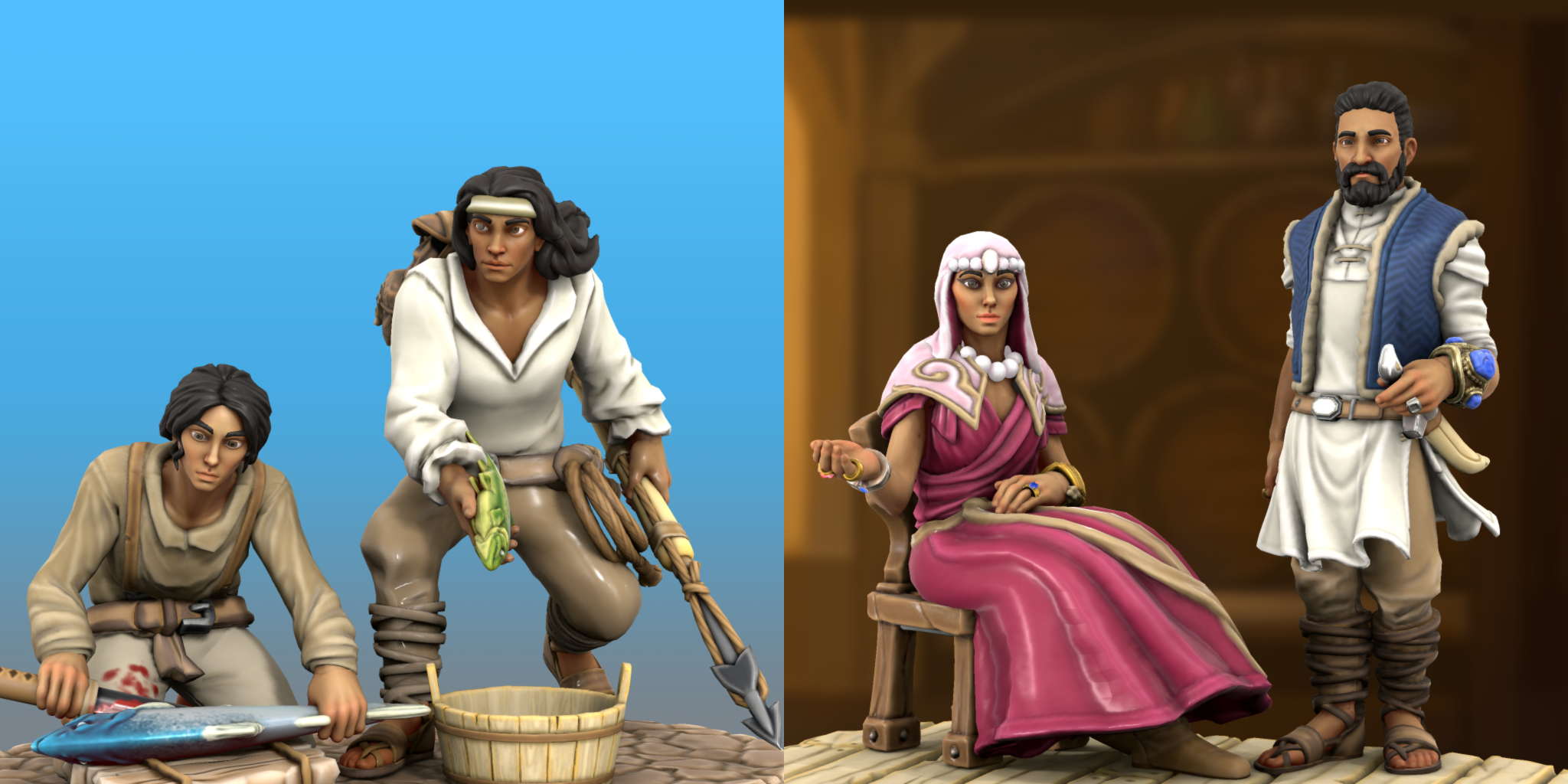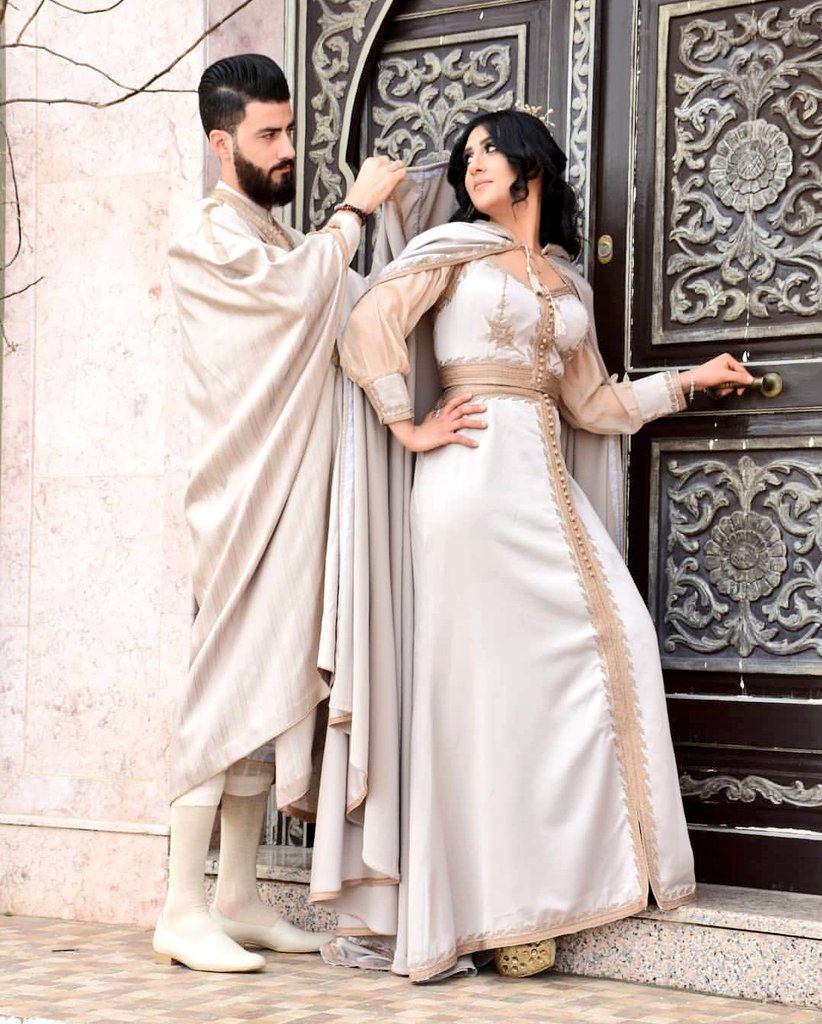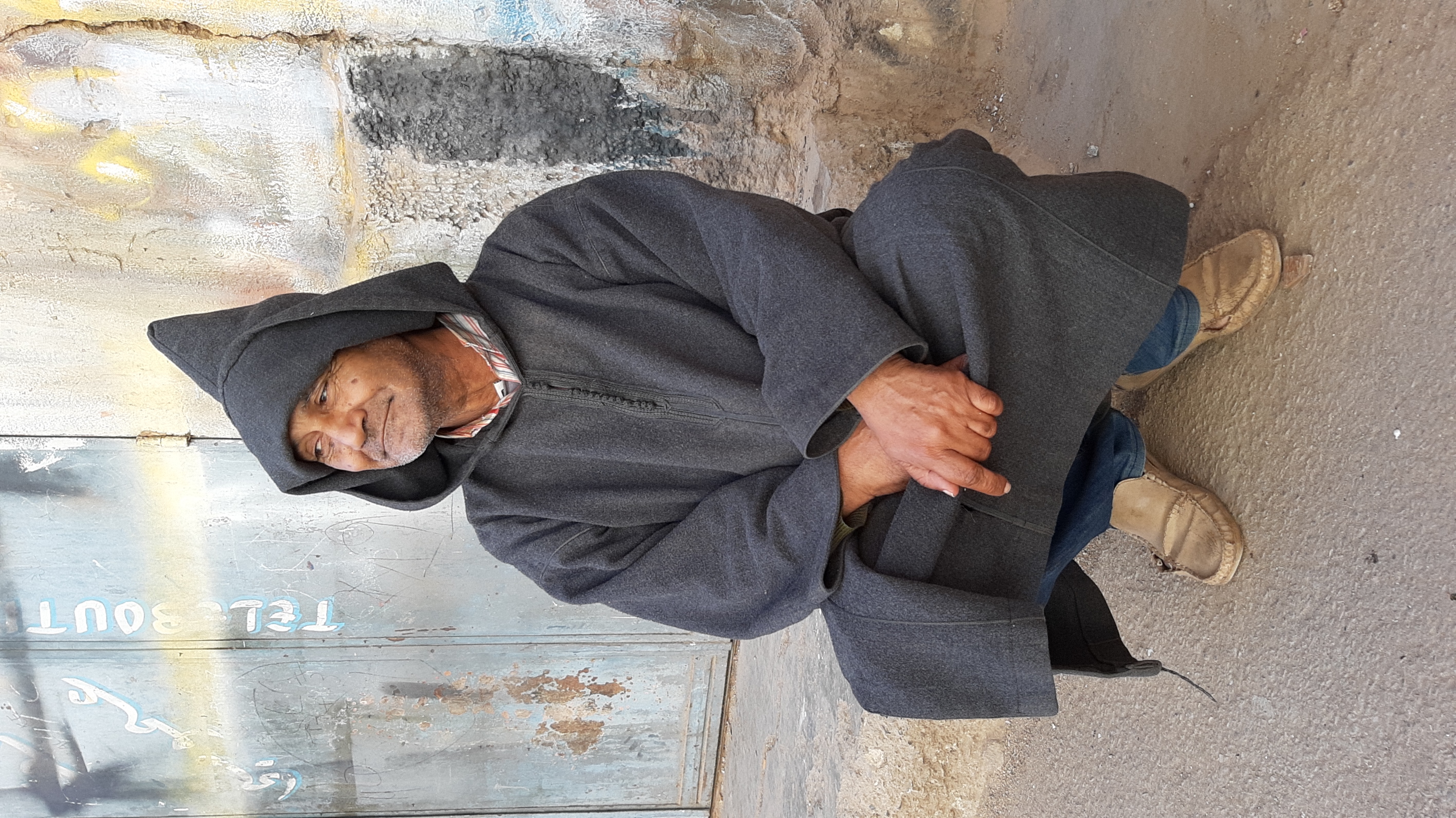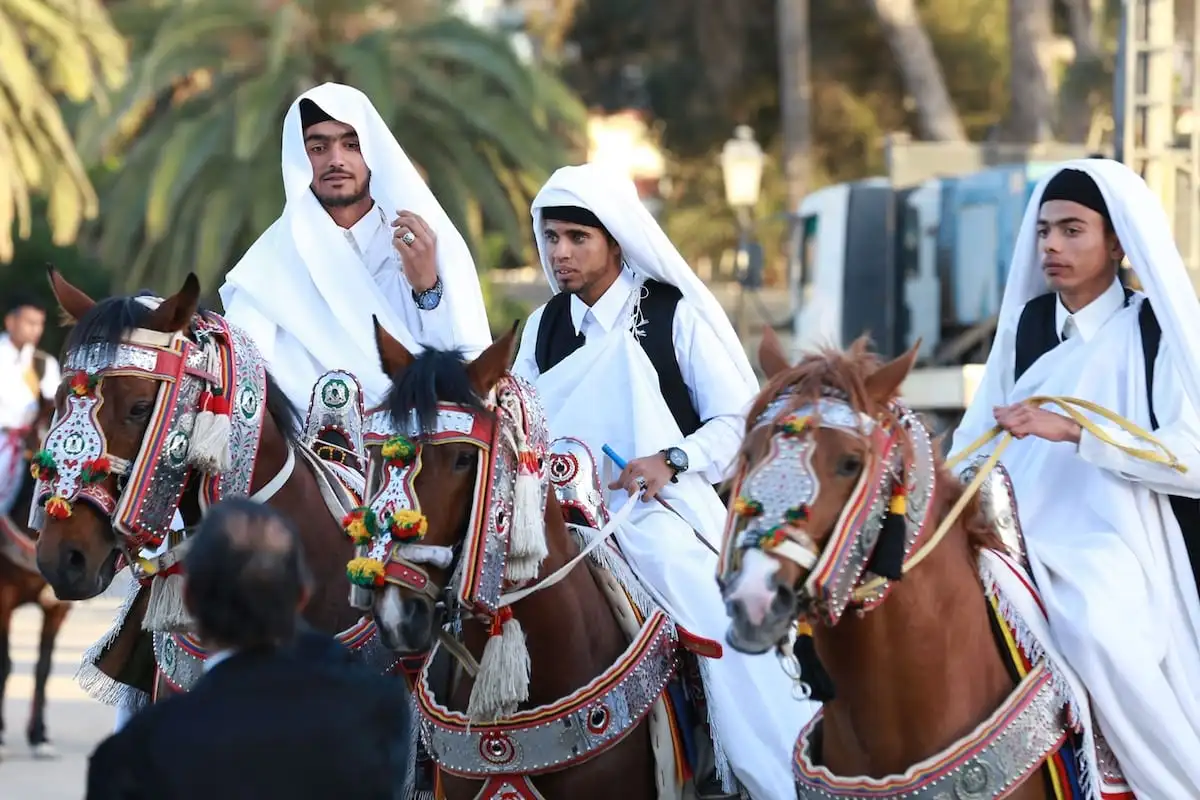Haifatnehti People, The (hai.'fat.nɛ.ti / 'haɪ.fat.''nɛ:.ti)
A note on pronunciation: Haifatnehti nouns are normally stressed on the second syllable in most of the Haifatmizti dialects, as in /hai.'fat.nɛ.ti/. However, in the Andaeni dialect and among those groups under its influence, stress can move to the third syllable when a suffix is added, and minor stress is sometimes added to the first syllable, as in /'haɪ.fat.''nɛ:.ti/. The Haifatnehti people (popularly referred to as "Haifah") live primarily in the Free City of Andaen and throughout the Haifatneh Basin. They are typically of medium height (around 162 to 170 cm) and slender builds compared to other groups on the Continent; those who are well established in Andaen tend to be somewhat taller and often considerably heavier thanks to the greater availability of food there combined with the relatively sedentary lifestyles of some city-dwellers. They sport light brown or medium brown skin, maintain rich, dark, straight hair, and are easily visually identified from a distance as they readily adapt their dress to every seasonal weather condition they encounter. This is somewhat curious, as the Haifatneh Basin really only experiences two major seasons in a given year: A long hot, dry season for the majority of the year and a cool, moist winter.
Origins
The exact ancestry of the Haifatnehti people remains subject to scholarly debate. The most popular theory currently, the Two Migrations Theory, proposes one or more initial waves of proto-Haifah Sea People before the Ancient Era, followed by a mass migration of pastoral-nomadic Haifah Herders. The exact point of origin of the Sea People has yet to be established due to the particular difficulties of discovering and excavating maritime archaeological sites, as stored caches of goods, campsites, and human remains are subject to changing sea levels and salt water erosion. Complicating matters is that the few Sea People sites that have been discovered so far indicate these groups were semi-nomadic, moving closer to the coast during peak fishing times and elsewhere inland after game animals matured or wild grains were ready for harvesting. (A few scholars even posit that the Sea People somehow originated somewhere in the Haifatneh Basin, perhaps on one of the sea's islands.) Wherever it was that the Sea People first settled, from there, they spread rapidly throughout the Basin thanks to their considerably developed means of sailing and fishing. Centuries after the Sea People became well established as a number of distinct sub-groups, goat- and sheep-herding, horse-riding nomads seeking new pastures made their appearances in the archaeological record, across the western, northwestern, and southern coasts of the Haifatneh Sea. Scarce achaeological findings from more than half a millennium earlier may indicate the Isthmus of Agratekt as their point of origin. These herders from Agratekt are assumed to have been closely related to the nomads of Far Takhet through cultural ties if not hereditary ones.* The rapid spread of herder groups across large swathes of the Haifatneh Basis despite the presence of sizable populations of local might be due to their means of warfare: Whereas the Sea People mainly used spears and javelins (derived from spear-fishing) as well as rudimentary archery, making them effective at short- to mid-range combat, the Haifah Herders were exceptionally skilled slingers who could readily out-range them. (Remains of several Haifah Herder campsites contain pellets fashioned from stone or sometimes lead. A few buried armories indicate these pellets were highly aerodynamic, indicating an extensive legacy of sophisticated craftsmanship; those pellets found in refuse piles are dented or chipped in ways that demonstrate their deadly use.) *Note: Some scholars contend that the arid environs of Agratekt were merely more conducive to preserving grave goods and refuse in the archaeological record, and that the apparent lack of camel riders among the Haifah Herders suggests a different point of origin, yet aside from riding horses rather than camels, the Haifah Herders and the Takheti camel-riding nomads of Far Takhet share a number of lifeways and habits. Further, it is conspicuous that remnants to Haifah Herder culture do not appear around Feshan Alay in the eastern Haifatneh Basin, a region that has seen occasional incursions by the horse-riding nomads of the Gold Steppe. Due to the wide yet still limited reach of the Haifah Herder migrant groups, the ancient Haifatneh region exhibited clear cultural differences between the western coast on one hand and the Sea's islands and eastern coast on the other. Though one would expect broad cultural diversity among such a scattered group of people, the Crusade and the Resistance brought about massive displacement and resettlement—not to mention death—that considerably homogenized the once-disparate Haifah cultures. Prior to the Crusade and the Resistance, the Haifatnehti subgroups saw considerable gulfs in respect to their dialects and other cultural features; the ravages of that conflict and the unity of purpose brought about by the formation of the Rebel Coalition consolidated a collective Haifatnehti identity for the first time. Thus, manners learned in Agratekt can often be applied to visits to Vishan Alay or the Free City of Andaen, and the dialects spoken by disparate Haifatneh groups are usually mutually intelligible.Culture
Major language groups and dialects
The most notable differences among the Haifatmizti dialects are evident in Agratekmizti, rarely used outside the Agratekt Isthmus, has retained a number of pronunciation and syntactice features that have since changed or been lost in other dialects, and it has only been minimally influenced by the language spoken by the Northern Crusaders, in part because the comparatively arid, inhospitable land of Agratekt proved to be an effective base of resistance against the Crusade. Thus, Agratekmizti sounds rather archaic, even literary, in the ears of other Haifatnehti people.
Andaeni (Andaen Haifatmizti) stands out from other Haifatmizti dialects in a great many ways. Phonologically, Andaeni speakers tend to pay less attention to the usage of long versus short vowels. For instance, while a short 'i' /i/ and a long 'ii' /i:/ have been phonemic in Haifatmizti dialects historically, speakers born and raised in Andaen often fail to make this distinction to the confusion of others. Also notable is that Andaeni syllable stress is influenced by addition of suffixes to a word, unlike in the other dialects; this is seen in the pronunciation of the adjective Haifatnehti (from the noun Haifatneh): The second syllable is always stressed in most dialects (Haifatneh and Haifatnehti), but Andaeni speakers stress the third syllable when the suffix is added (Haifatneh, but Haifatnehti). Andaeni sentence structure also deviates somewhat from that of the other dialects, with Andaeni sentences frequently starting with the subject whereas this is an uncommon structure in the other dialects. (Haifatmizti has historically been a verb-subject-object language.)
Common Etiquette rules
Haifatnehti people are quite averse to wearing their outdoor footwear in private settings, and it is expected that hosts will make alternative footwear (usually reed sandals or slippers) available for guests. Relatedly, sitting in a posture that causes the soles of one's shoes or sandals to face another person is considered quite offensive, with the exact degree of offense being related to the state of one's footwear.
When Haifatnehti people gather for meals, it is commonplace for the host (in a public setting) or the guests (in a private setting) to briefly describe one or two wishes. While generic, catch-all wishes for good health and fortune are quite acceptable, a specific wish relevant to the other parties at the table, or to the situation or current events in one's local, is considered particularly socially graceful—as long as the speaker does not make the wrong assumptions or betray the wrong personal information about those around them.
Common Dress code
Andaeni dress readily stands out from other Haifatnehti styles due to the diverse influences of the Northern crusaders, Takheti sailors, and Saukkanese visitors as well as the excesses that come with wealth. In recent years, rediscoveries of the cultural legacy of the people of Old Agratekt have inspired members of Andaen's high-society circles to mimick the fashions seen in the murals and faded paintings of Agratekt's ruins.
Andaeni fashion tends to favor more form-fitting clothes, sometimes with a brightly dyed vest worn over them for business and social outings. Robes themselves tend to be more heavily dyed and embroidered as well, sometimes as an overt show of wealth or attention to new fashion trends. Perhaps what stands out the most, however, is that a number of Haifatnehti people in Andaen wear closed toe shoes, mostly those who spend little time out in the elements throughout the day.
Art & Architecture
In relatively old or wealthy residences, interior courtyards are popular as well, providing outdoor spaces which nonetheless have abundant shade. This design originated from rural manors and small fortresses, which were built around a central well so that residents had easy access to water that was protected from potential marauders or assailants, but interior courtyards have since been adopted for the floor plans of most large houses.
Foods & Cuisine
Common Customs, traditions and rituals
Funerary and Memorial customs
Common Myths and Legends
Ideals
Beauty Ideals
Gender Ideals
Haifatnehti (noun/adj Haifah (colloquial)







Comments